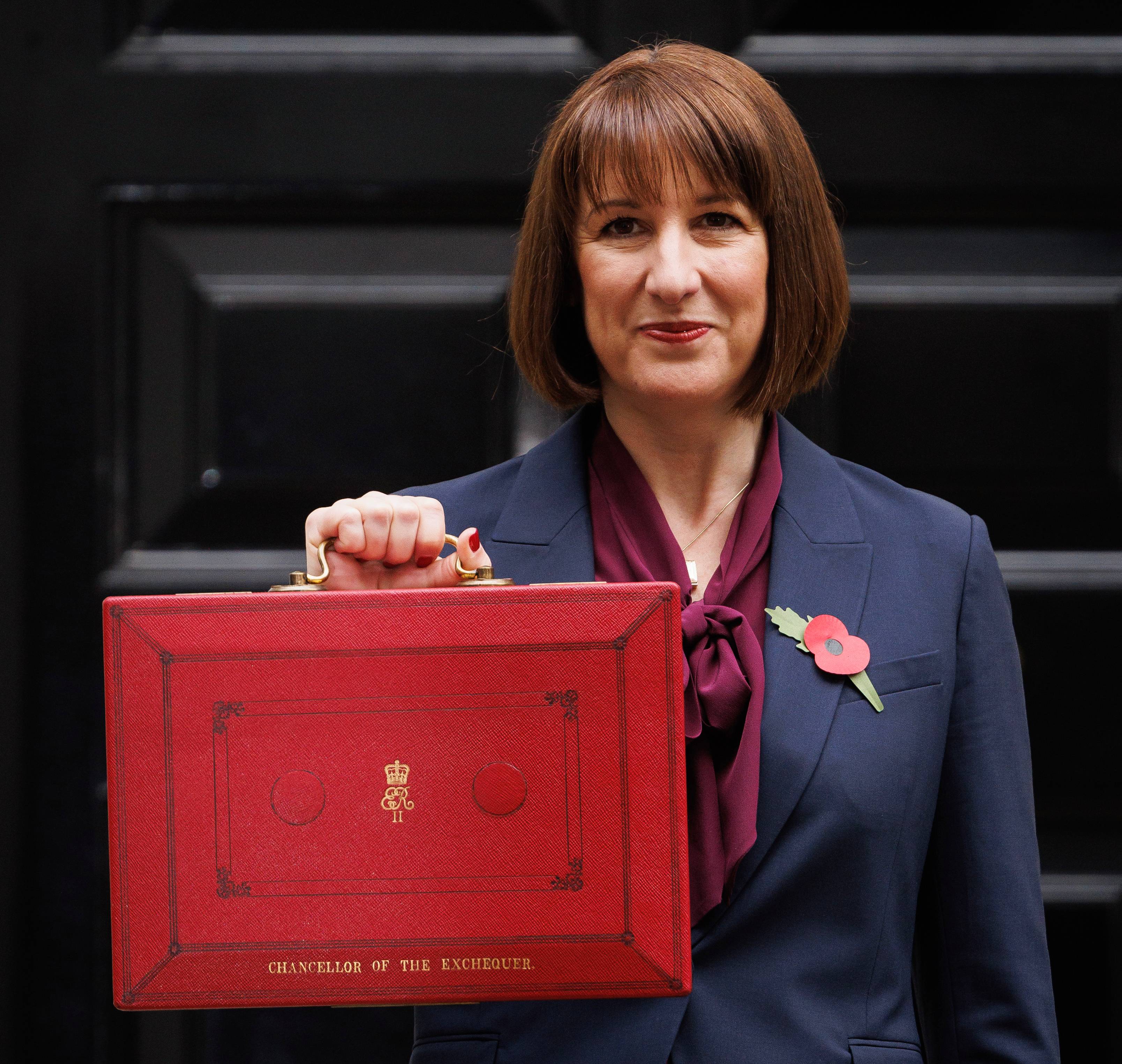The investment outlook is turning more positive
The global economy may be finding its feet again

Article last updated 22 July 2025.
Navigating markets has felt like travelling through terra incognita in the past few years, but we’ve recently seen landmarks which give us encouragement that we’re on the road to lasting recovery. The path ahead isn’t completely clear — we discuss some possible pitfalls below — but overall, we’ve seen enough to turn more positive about what’s around the corner.
Back in 2022, having adopted a cautious stance as Russia’s invasion of Ukraine sent shockwaves through the global economy, we set out some landmarks we wanted to see to turn less defensive. We identified five, of which we needed to see at least two. The first, the top of the mountain of US interest rate hikes, came into view in July last year. Now we believe we’ve seen a second — a trough in leading indicators of the global economy.
We track a broad range of data with a track record of giving us a timely indication of the direction of the global economy. And since late last year, there’s been a broad improvement in these statistics following a long period of deterioration. Important markers such as trade figures from countries high up global supply chains, consumer confidence readings and businesses’ reports of their new order books have improved around the world.
Past the worst
Forward-looking surveys of the housing market have bounced in both the US and the UK too. US initial claims for unemployment insurance have been trending down since mid-2023. Across advanced economies, we’ve seen more evidence that we’re past the worst when it comes to banks tightening their lending standards. In many cases, these measures still aren’t particularly strong, but there’s been a clear improvement in the rate of change, which is often what matters most to markets.
Taken together, this evidence suggests that the global economy may now be finding its feet again, having slowed significantly since 2021. Although the US economy was far from a downturn last year, it’s worth reiterating how weak the global economy was. The eurozone stagnated during the second half of last year, the UK joined 15 other advanced economies that have experienced a technical recession recently, and China faltered after an initial bounce. Global trade volumes contracted and global earnings per share fell in real terms.
A few factors have probably contributed to the improvement we’ve seen in the past few months. Most significantly, the enormous shocks to food and energy supply caused by the invasion of Ukraine have reversed remarkably quickly. The prices of commodities including wheat and European natural gas have fallen below pre-invasion levels as the world has adapted to life without Russian supply.
That has helped bring inflation down from double digits to low single digits, both easing the cost-of-living squeeze on consumers and allowing central banks to stop raising interest rates. In the meantime, some of the economic scars caused by the pandemic have continued to fade. And policymakers in China seem to have provided enough support to stabilise growth there, which had been faltering due to the downturn in the country’s property sector.
Risks remain
Having laid out the positives, it’s important to emphasise that there are still risks on the road ahead. In the unusual economic cycle that has followed the pandemic, many of the leading indicators mentioned above have been a less reliable guide to growth than in the past. We should be cautious of overinterpreting their recovery. And a few risks are still lurking, tempering our optimism and causing us to retain an element of defensiveness even as we move away from our previous very cautious stance. Three are worth briefly highlighting.
First, there’s evidence that all bar the wealthiest US consumers have now exhausted the so-called excess savings they accumulated during the pandemic. Perhaps reflecting this, default rates on credit card debt and auto loans there have increased significantly. That’s concerning, though it’s important to remember the broader context. Default rates on consumer debt more generally are very low, aided by student loan forgiveness and the fact that many households locked in 30-year mortgages at ultra-low fixed rates during the pandemic.
Second, there are signs that the US labour market is cooling, with job openings and surveys of firms' hiring intentions falling. So far, this hasn’t been accompanied by a marked increase in unemployment. But this is a risk we’re monitoring, since these signals have usually preceded rising unemployment in the past.
Lastly, there’s the possibility of hidden losses in the financial system after the sharp increases in interest rates since 2021, particularly connected to commercial real estate. It’s encouraging that the largest financial institutions generally have limited exposure to commercial property, but there may be some more pain to come for small and mid-sized commercial banks.
An improving backdrop
Overall, though, we think the economic backdrop has improved, laying stronger foundations for a broad, sustainable recovery in stock markets. That’s why we’ve turned more positive on equities. In doing so, we’ve deliberately taken a selective approach. Stocks have generally rallied strongly already since late last year, with major indices including the S&P 500 at all-time highs. That makes us wary of simply adding to areas that have already factored in the improvement in the global economy we’ve seen, those where prices already incorporate a strong fundamental backdrop.
Analysts already anticipate profits of the 500 largest listed companies in the US growing by 10% or more this year and next, even though they fell last year (outside of the Magnificent Seven, which we wrote about last quarter). The scope for positive surprises therefore seems limited compared to other markets, where expectations for profits are more moderate. It’s true that the US normally trades at a premium to the rest of the world, but that premium is currently far larger than usual.
Instead, looking further afield, smaller stocks and those listed in Europe seem more attractively valued. As far as Europe is concerned, we’ve recently seen tentative improvement in the economic outlook alongside the brightening global picture. The region initially suffered much more than the US after Russia invaded Ukraine, causing its economy to stagnate for more than a year. And Germany’s manufacturing sector is still struggling to adjust. But the region more broadly now seems to be recovering, and crucially less good news is already factored into asset prices there. Expectations for profit growth and valuations are significantly lower than among US large cap stocks (even after accounting for differences in sector composition or using measures such as free cash flow that don’t make technology-forward companies that invest a lot in R&D and other intangibles seem more expensive than they are). In short, the bar for success has been set much lower.
Download our Investment Insights Q2 2024 PDF:



